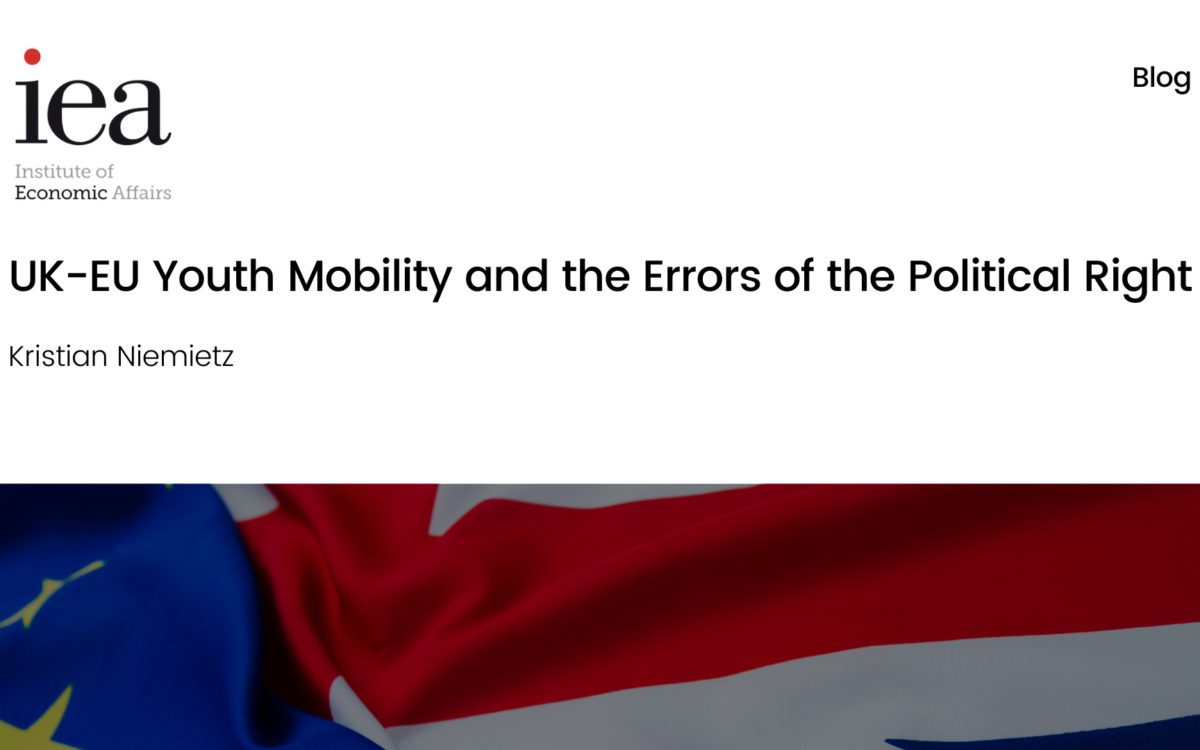Information-Sharing and the ‘Spirit of Schengen’

Information-Sharing and the ‘Spirit of Schengen’
Phoebe Weller //13 April 2017
Last week, the European Parliament voted to extend the Schengen Information System (SIS II) to Croatia. This followed a two-stage assessment of the country’s implementation of the Schengen acquis. Seen as the first step towards removing internal border controls with the rest of the EU, this decision marks the beginning of a ‘phasing in’ process for Croatia. Yet, while a positive development towards expanding the European zone of free movement, this decision comes amidst a growing sense of crisis in the Schengen area, and the announcement of future reform to the SIS II later this year.
The Schengen Information System II (SIS II) is one of the most significant cross-border databases in the European Union. It facilitates the sharing of information between participating states, containing over 70 million alerts on individuals who lack the right to enter or stay within the Schengen area, those sought in relation to criminal activity as well as missing persons and objects.
Established in 1985, the Schengen Agreement grew out of an economic desire to reduce the barriers to cross-border trade within the European Economic Community. Today, the Schengen zone facilitates intra-European trade and allows visa-free movement for over 400 million Europeans. Entering into operation in 1995, the SIS was a natural corollary of the ‘Schengen frame of mind’ – the idea that free internal movement necessitated the reinforcement of the EU’s external borders. Since 1995, the SIS has expanded from seven to twenty-six states, including twenty-two member states and the four EFTA Member States (Switzerland, Norway, Liechtenstein and Iceland).
With Schengen came the trans-nationalisation of border-control, and a sense of shared European security and common threats. Symbolising European cooperation against illegal migration and cross-border crime, the SIS was a response to this increased security logic. The gradual transformation of Schengen from an economic to security concern has been exacerbated by recent events: the ‘refugee crisis’, terror attacks across Europe and the rise of an anti-immigration populism have seen internal borders closed and boundaries re-instated in the name of national security. This re-implementation has a ripple-effect, fuelling a ‘race to the bottom’ among countries seeking to avoid characterisation as a vulnerable gateway to Europe.
Over 2015, eight states reintroduced ‘temporary’ internal border checks. Earlier this year, the Commission recommended the extension of a number of these borders for a further three months. The implications of this should not be understated – a ‘partly comatose’ Schengen is a considerable concern for policy-makers at both the national and EU level.
If we return to Schengen’s original objective – facilitating border-free trade – the economic results of Schengen participation for member-states remain overwhelmingly beneficial. Every day, at least 3.5 million people cross internal Schengen-area borders, with exporters, commuters and families traversing national borders unhindered. This labour mobility yields a considerable positive effect on trade; increasing demands for foreign goods and reducing the risks associated with cross-border transaction (EPRS 2016). In an academic study from 2014, it was found that a 1% increase in migration between two Schengen states increased bilateral trade by 0.10% – a significant amount considering that net trade between France and Germany totalled €167 billion in 2016. In this case, a 1% increase in migration would result in an additional €167 million worth of bilateral trade annually.
Graph showing the increase in intra-European trade from 2000. Source.
The re-implementation of internal border checks acts as a deterrent for cross-border employment, placing restrictions on market and labour mobility. With it comes rising costs of cross-border trade: DSLV, a German shipping association, estimated that delays of one hour for each individual lorry could cost the EU up to €3 billion a year.
Indeed, while at present temporary borders are seen as a surmountable inconvenience, the costs and significance of these restrictions on one of Europe’s ‘central pillars’ are mounting. In 2016, the Strategy unit of the French Government estimated that in the short-term, border checks within Schengen would cost France €1-2 billion a year by disrupting tourism, cross-border workers and trade. Should the internal restrictions remain in place for some time, output could reduce by as much as €10 billion a year, undoing the decades of integration and trade benefits enjoyed by member-states.
With fears of national security firmly established at the forefront of European domestic concerns, the EU would do well to re-assure its members of the benefits of Schengen participation. Investing in ‘swift, effective and qualitative’ information management is essential for addressing cross-border security challenges. The Schengen Information System, in alerting national authorities to individuals migrating illegally across their borders, can provide an invaluable tool in this regard – if it is able to keep up with a shape-shifting EU.
As the recent inclusion of Croatia shows, the SIS II is a constantly evolving database. While enhanced cooperation is beneficial, this fluidity raises concern over the discrepancies between the system’s implementation in different member-states. For example, Hungary’s Eastern borders have been crossed by thousands of people since the beginning of the refugee crisis, prompting drastic and volatile policy-change. Today, Hungary’s hard-line immigration policy includes detention ‘shelters’ (where migrants may be kept for a number of months), and controversial border controls with its extra-EU neighbour, Serbia. Budapest and Brussels are well-versed in disagreements with regards to Schengen and migration – just last week the EU issued an ultimatum to Hungary and Poland, demanding that they meet migrant quotas or risk expulsion from the Union.
In Hungary, as with other member-states such as Italy and Greece, significant disparities in SIS II input data have caused concern for the Commission and fellow states. In particular, some countries lag behind in their ability to process and attach photographic and biometric data to individual alerts. Similarly, what constitutes a ‘risk’ is decided by national security officials, on the basis of their own standards of data accuracy and interpretations of SIS II legal definitions (Günay and Witjes 2016).
These intra-European discrepancies are worrying for the future of Schengen. They threaten the ability of member-states to effectively share information in the fields of policing, migration, and cross-border crime. At present, incoherence across national data and varying interpretations of legal provisions are compounding poor communication and confusion – undermining the efficiency and effectiveness of the SIS II alert system.
Last month, proposals from the European Parliament recognised the need to reform the SIS II. The suggested modifications covered border management, police and judicial cooperation, and the policy for returning illegally-staying third-country nationals (TCNs). Clearly, if it is to provide sufficient security assurances for member-states, SIS II requires drastic improvements in terms of input data and consistency of information across central and national systems. In implementing the above reforms, the LIBE Committee should prioritise such amendments to develop the database’s effectiveness across different national contexts. In particular, forthcoming improvements to eu-LISA, the European agency for the operational management of large-scale IT systems in the AFSJ, should focus on disparities between participating states within the SIS II database. Improvements in the quality of data and pathways for communication would greatly enhance the utility for relevant national authorities.
With mounting security concerns, Brexit, and a slow economic recovery, the EU’s future remains uncertain. In this environment of unease, policy-makers should prioritise the protection of Schengen’s four fundamental freedoms. Not only have they provided the historic cornerstone of European integration, but they continue to reap great economic benefits for member-states.
The SIS II can be an effective counterbalance to security concerns in the Schengen zone. Increased compatibility could enhance a collective ‘European’ security and safeguard the fundamental framework of cross-border cooperation. Reforms to improve the quality of information across national databases and ensure consistent implementation will allow the database to reach its full potential. Herein lies the real ‘spirit of Schengen’: in an environment of closing borders, maintaining a transnational network of cooperative information-sharing will be crucial for the EU as it looks forward.
References:
European Parliamentary Research Service (EPRS), ‘At a Glance: The Economic Impact of suspending Schengen’, (2016), accessed via: http://www.europarl.europa.eu/RegData/etudes/ATAG/2016/579074/EPRS_ATA(2016)579074_EN.pdf
Davis, D., and Gift, T., ‘The Positive Effect of the Schengen Agreement on European Trade’, The World Economy, (2014), accessed via: http://onlinelibrary.wiley.com/doi/10.1111/twec.12158/abstract
Günay, C., and Witjes, N., Border Politics: Defining Spaces of Governance and Forms of Transgressions (Spring International Publishing, 2016).
EPICENTER publications and contributions from our member think tanks are designed to promote the discussion of economic issues and the role of markets in solving economic and social problems. As with all EPICENTER publications, the views expressed here are those of the author and not EPICENTER or its member think tanks (which have no corporate view).




